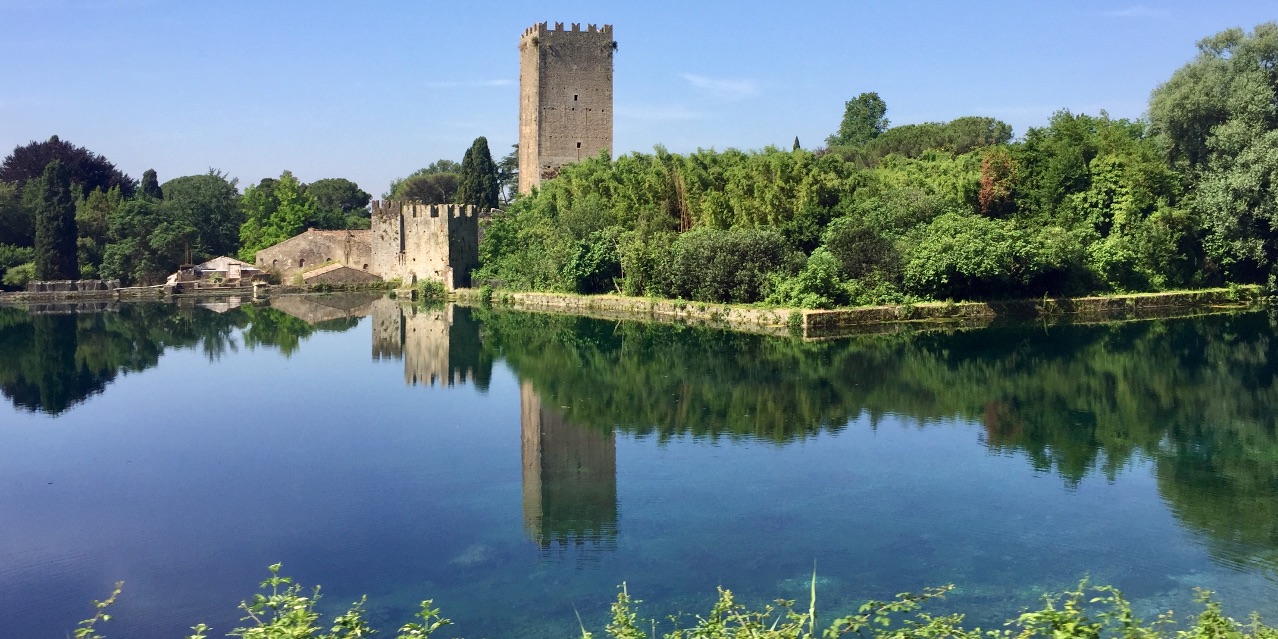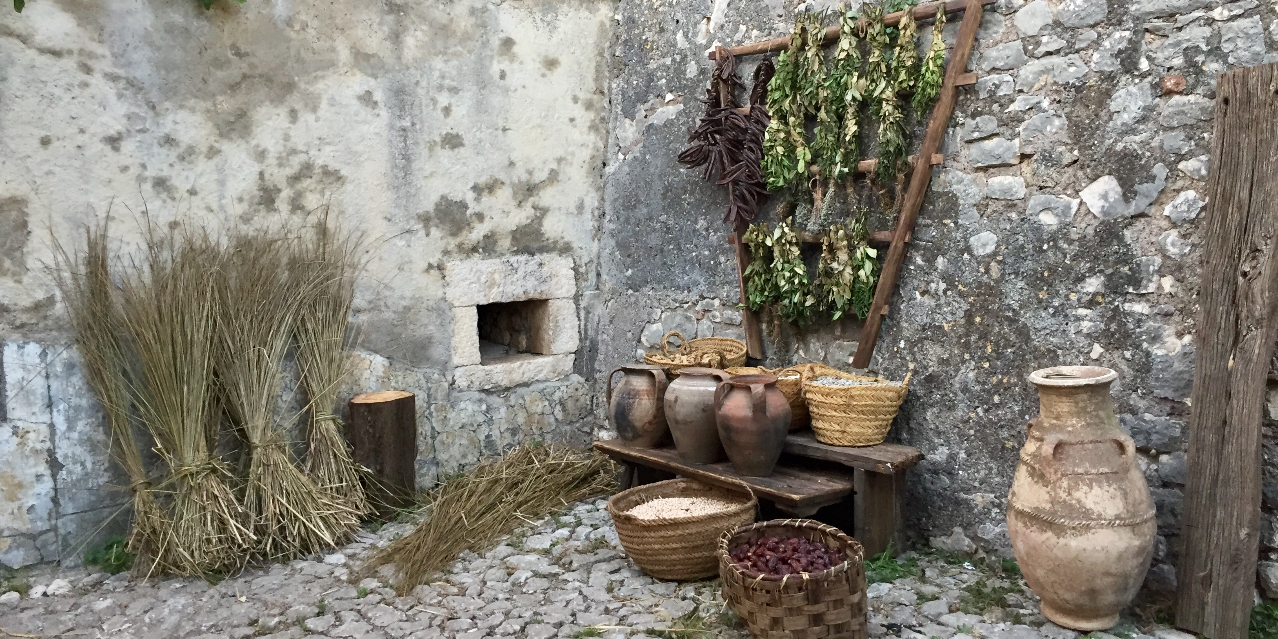ONE-MA3 – Day V: Frescoes and owls and drones, oh my!

By Sophia Mittman ’22

Students examining the ruins at the Gardens of Ninfa
First of all, sorry for the cheesy title. Second of all (and more importantly), I never imagined that one day I’d be walking through an entire medieval city of ruins, but today I found out that the Gardens of Ninfa are just that! Actually, to me, it’s more like a botanical and historical playground (of course without supporting degradation by climbing all over the structures). In other words, I was like a kid in a candy store. For a majority of the time, we had the entire city/botanical garden complex to ourselves, which not only made the entire experience of being there peaceful, relaxing, and awe-inspiring, but it also was essential for us to take hundreds of photos of the building ruins for our photogrammetry and 3D modeling project. I was also very excited to know that we entered into the gardens through a brand new entrance that hasn’t officially opened yet to the public.

Bee on a lavender bush in the gardens
After lunch under a giant gazebo near a clear stream, some of us spent an hour exploring the gardens. That’s when I realized that even though the ruins have been vacant for nearly seven hundred years, it still teems with life today. In this case, not by humans anymore, but of countless species of plants from around the world (including banana trees, rows of lavender bushes, bamboo trees, and more) and wildlife everywhere, if you take the time to notice. In addition to spotting a black squirrel and a rat which are so common in Boston, we could not walk even a few steps without seeing dark lizards with neon green spots scurrying all over the stony walls. While I was exploring with another student, I rounded a corner of a collapsed building and looked up to see two large, dark brown eyes staring down at me from a flat white face five feet above me. It was a large owl perched on a stone protruding from a wall as if it were guarding the place! After about five seconds, I thought it was a statue until it swooped away into the foliage. Why an owl was there in broad daylight, I have no clue, but it was awesome!

Characterizing the ancient frescoes with Professor Masic
Our last project of the field trip (and my favorite!) was at the ruins of the Cathedral of Santa Maria Maggiore near the entrance of the gardens. Some of us took photos all around the remains of the church for photogrammetry and others used a thermal camera to find cold and wet spots on the structure while a drone buzzed overhead collecting data from above. The remains of the church were fascinating, yet what I found even more exciting, were the frescoes of what used to be the wall behind the altar, which retained dark pigment colors and two distinguishable figures of saints. It was incredible! We discovered the chemical components of the medieval pigments used in the frescoe using an X-ray gun (X-ray fluorescence, really) and were able to compare those materials to those used in Renaissance frescoes a couple hundred years later. For me, standing face-to-face with unrestored seven-hundred year old frescoes and exploring timeless walls of stone amidst beautiful gardens is an indescribable experience and something that I believe everyone should experience if they have the chance!



